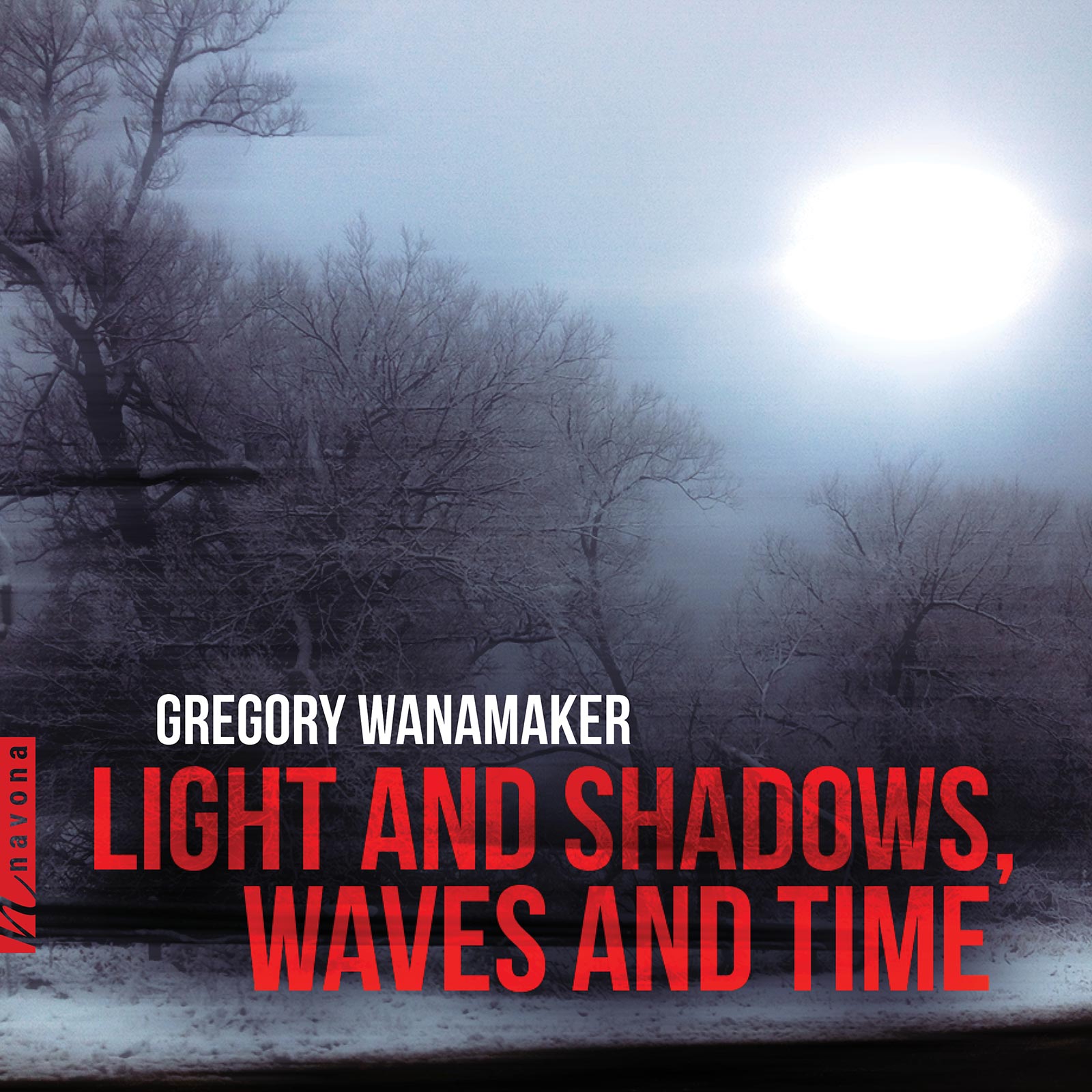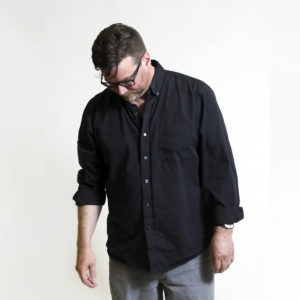
Share Album:
Light & Shadows, Waves & Time
Gregory Wanamaker composer
An exploration of the unique timbral characteristics and technical extensions of wind instruments, Gregory Wanamaker’s LIGHT AND SHADOWS, WAVES AND TIME is comprised of eight compositions that collectively illustrate the composer’s ability to integrate various genre influences into a distinctive whole. His music has been lauded as “pure gold, shot through with tenderness and grace” by the San Francisco Chronicle and “achingly beautiful” by the Palm Beach Daily News.
The album’s first track, “des ondes et les temps,” which translates to “of waves and time,” explores the saxophone’s full range of possibilities. A solo piece performed by Casey Grev, “des ondes et les temps” waxes and wanes and rises and falls, and refers back to the composer’s 1988 work “Two Movements for Solo Flute,” providing what is essentially a more mature third movement of that piece.
Wanamaker expands to a quartet setting for “…unsettled, unphased…,” whose rhythmic roots can be found in genres ranging from Eastern European folk and dance music to jazz and progressive rock. Its animated propulsive motion is halted mid-stream by a vigorous interlude, before reaching a dynamic conclusion. The somber, poignant “Elegy,” written for and performed by the Akropolis Reed Quintet, was originally composed in memory of those who died in the September 11 attacks, while the virtuosic musical fantasy, “Ragahoro Breakdown” intricately weaves elements of North Indian Raga with characteristics of a Bulgarian Horo and subtle hints of American folk music.
The track that represents the second half of the album’s title, “of Light and Shadows,” is a sonata in two very contrasting movements, the first a quiet nocturne, the second its polar opposite, each exploring the extended timbres of the saxophone and extreme ranges of the piano, while the dynamic “Out of Mind, Into Body” travels a similar path, albeit one taken by John Friedrich’s solo bass clarinet. While less than two minutes in length, the spirited “Counterpunch” effectively alternates elements of driving American-style minimalist with a fusion of jazz and funk.
The album concludes with a concrète version of its opening track, transforming it into the form of experimental music in which sound identities – in this case those of the tenor saxophone – are intentionally manipulated to appear unconnected to their source, creating an ambient, layered soundscape.
Listen
Artist Information

Gregory Wanamaker
Prolific in all musical media, Wanamaker’s best-known works are those that exploit unique timbral characteristics and technical extensions of wind instruments. His earliest musical training began at age 6 in professional summer stock theater companies, and continued through both schooled and self-guided explorations through the American folk music of the 1960s, bebop and free jazz, and Western classical music of the late 20th and early 21st centuries. He continues his study of sounds to those from around the world, to draw from a variety of musics to inform his continually evolving voice.
